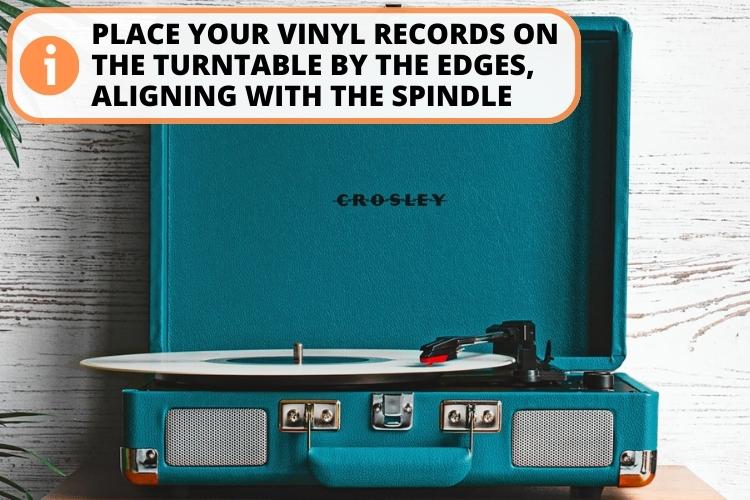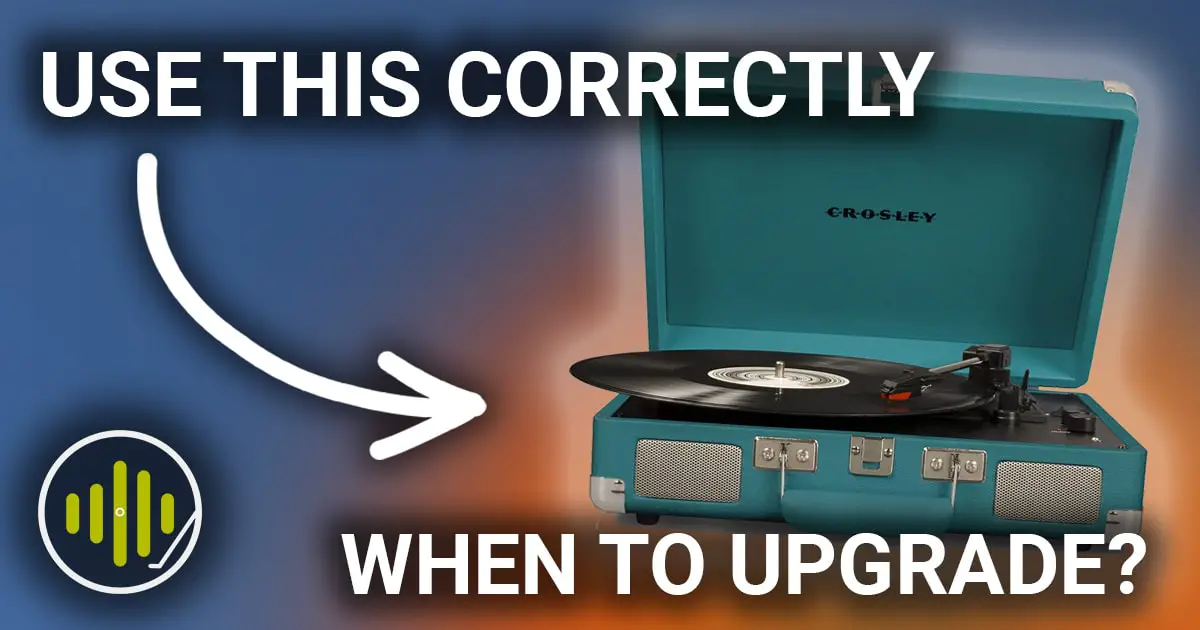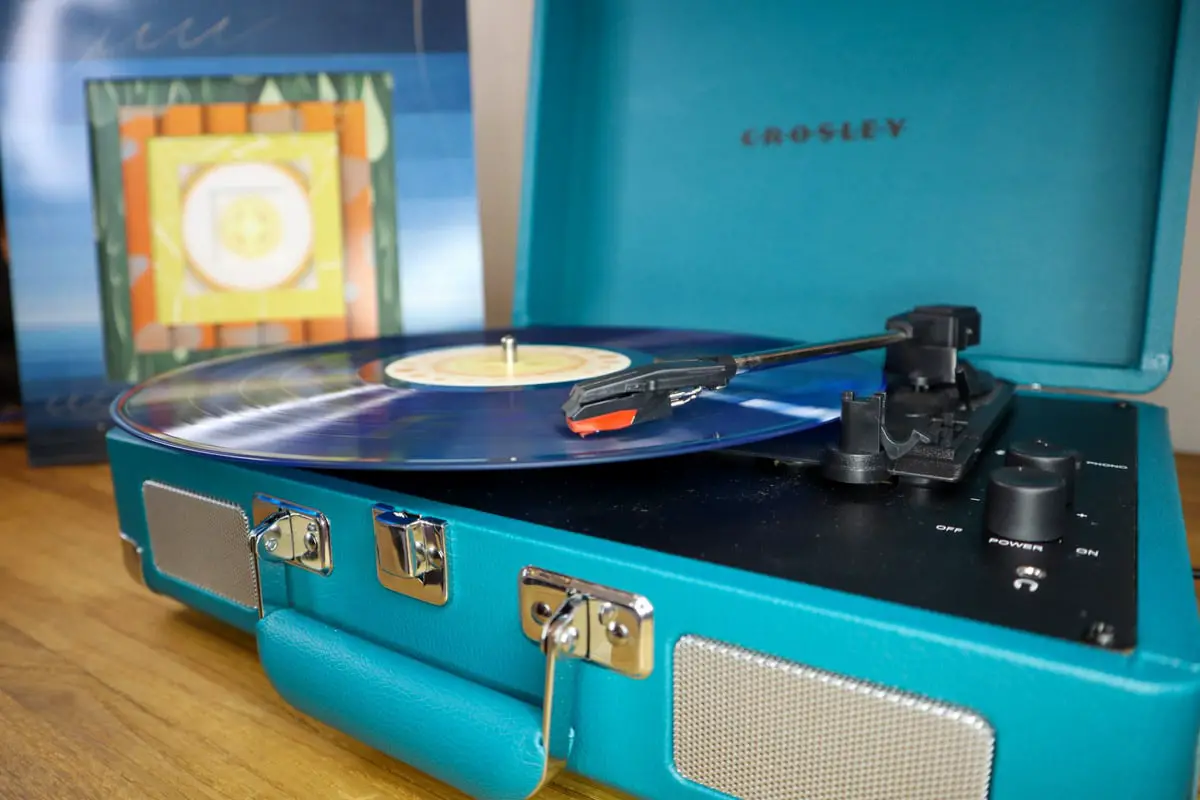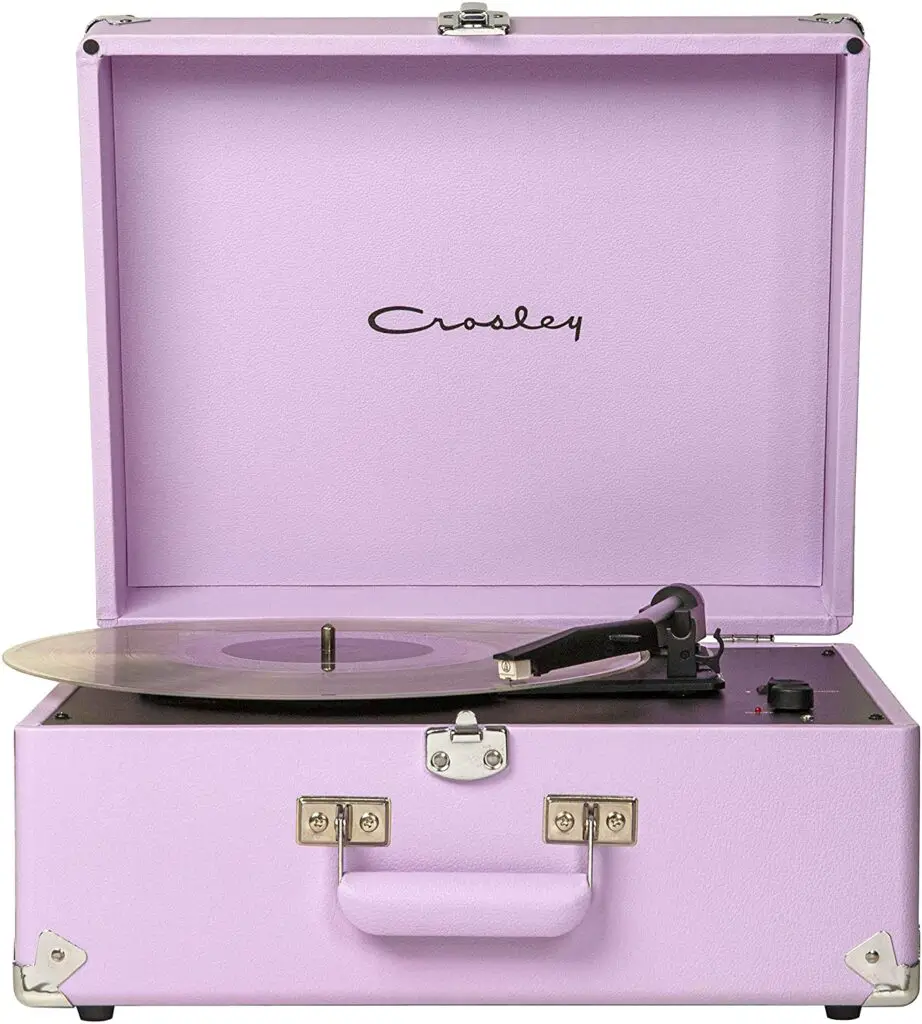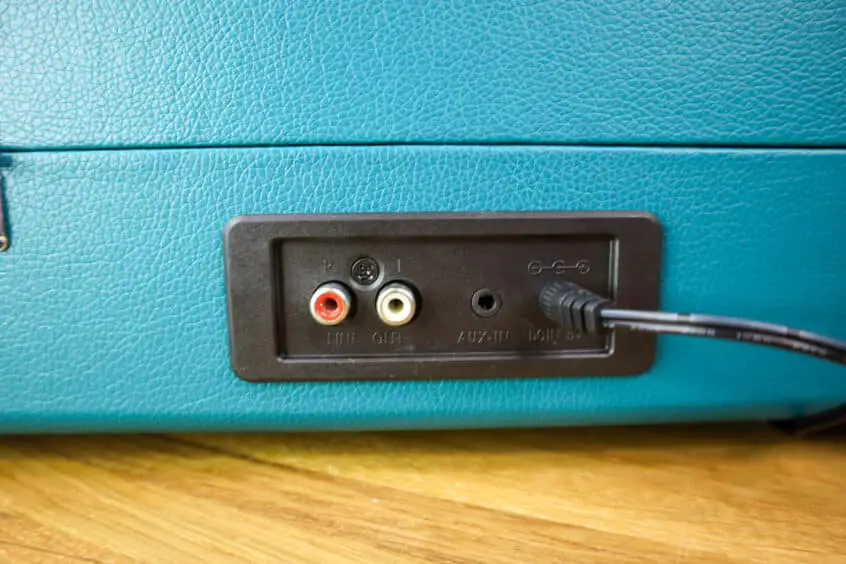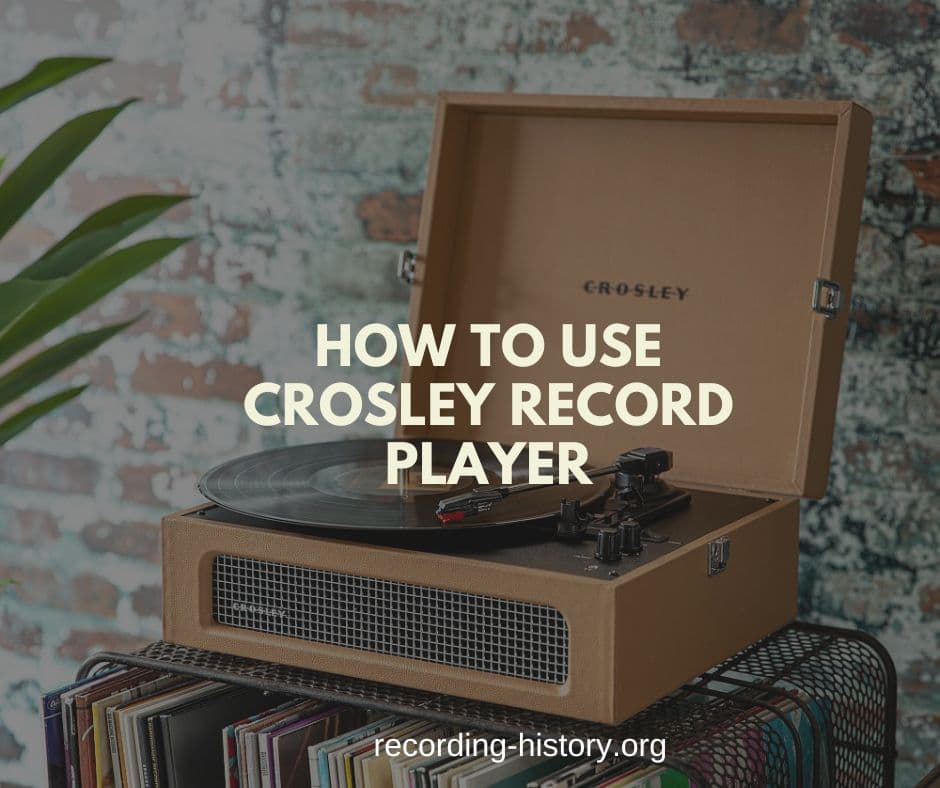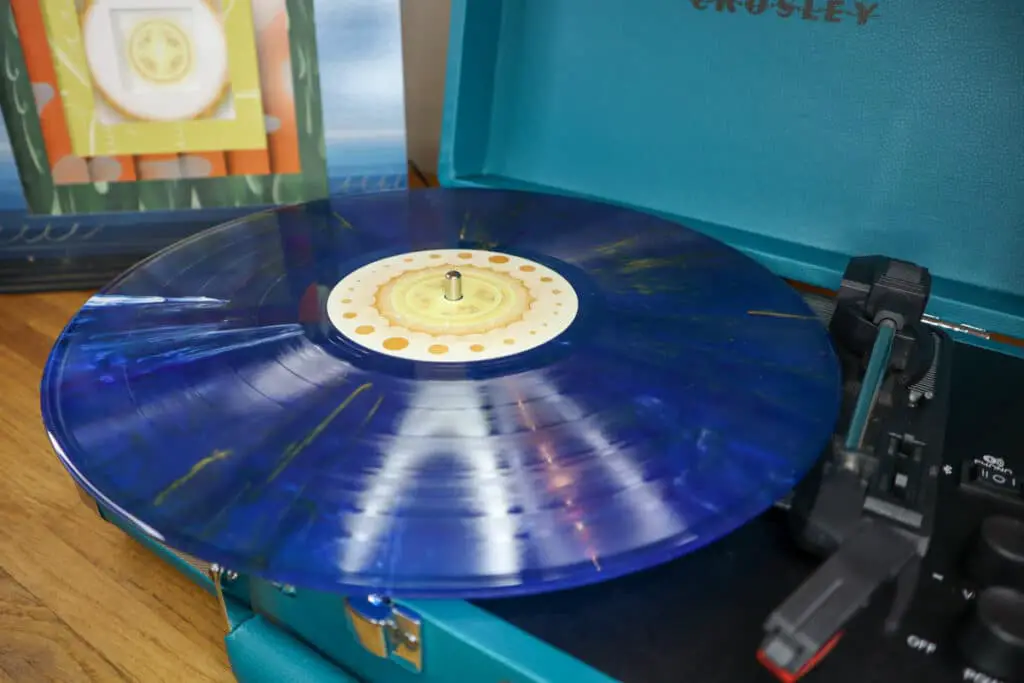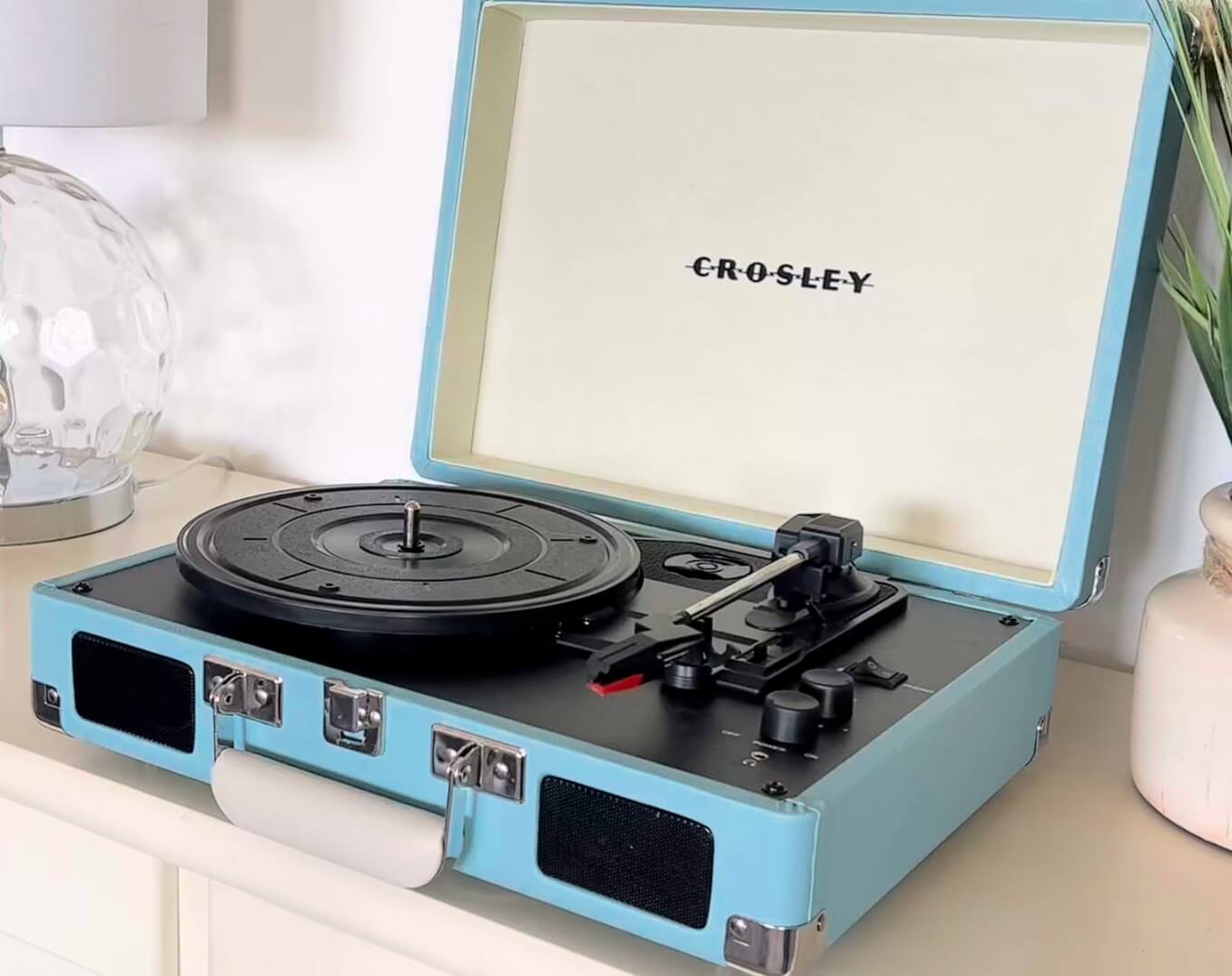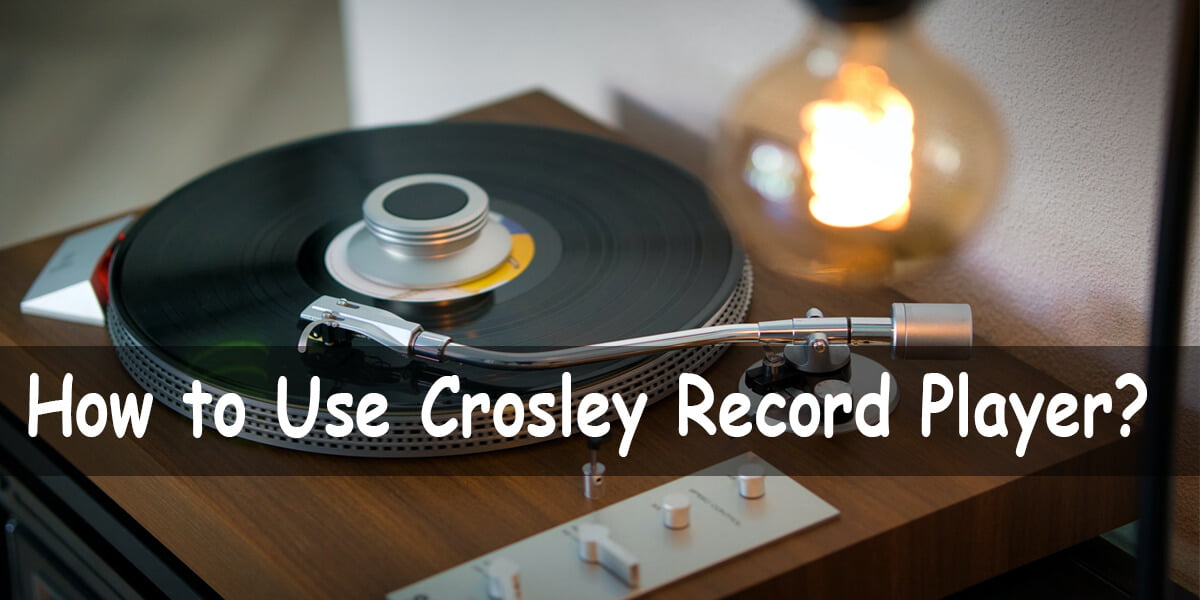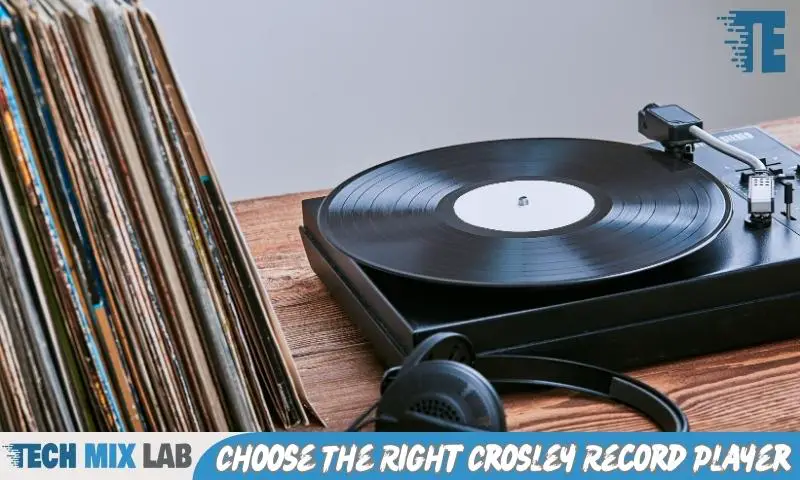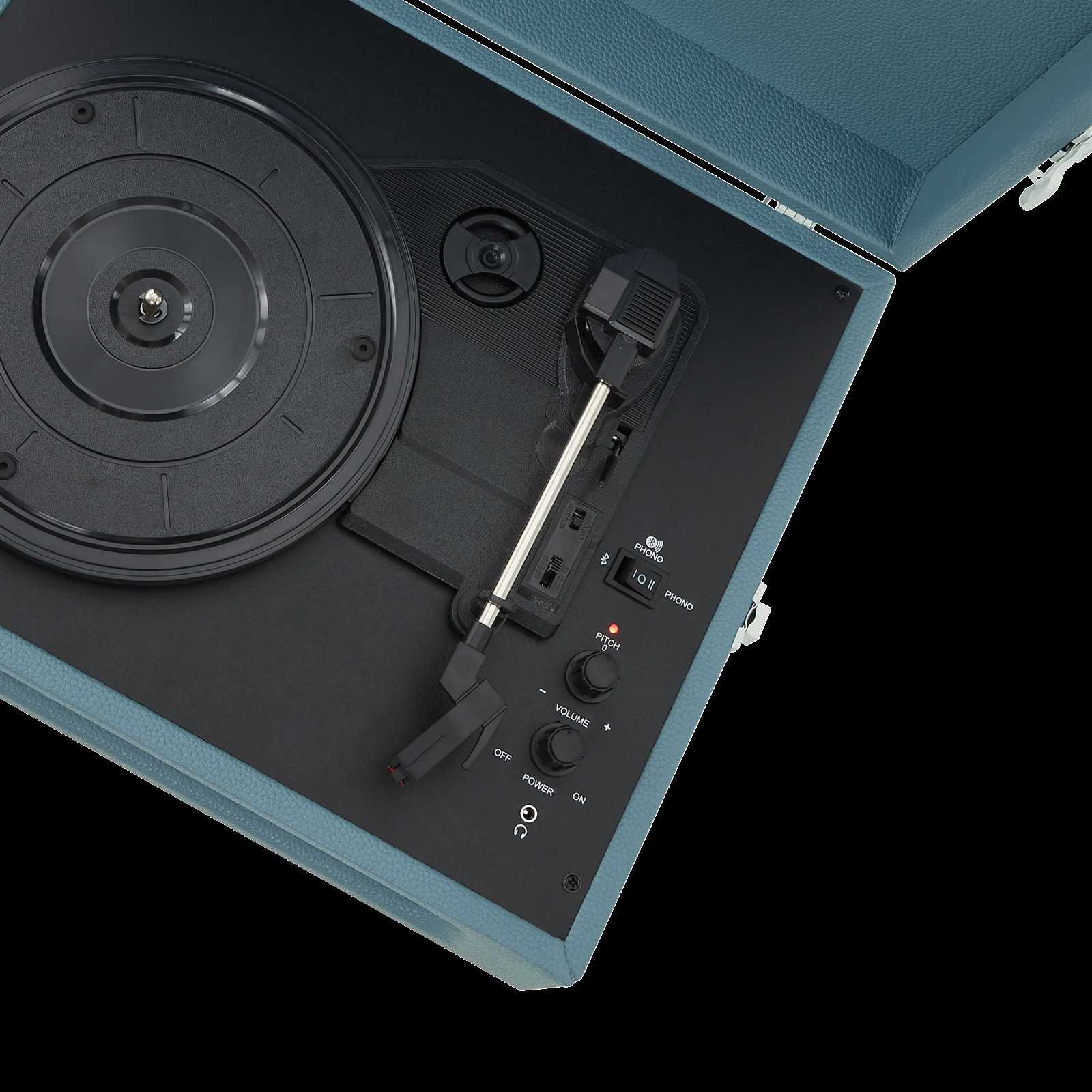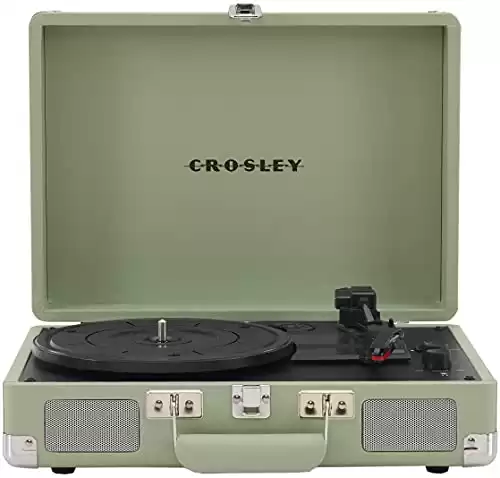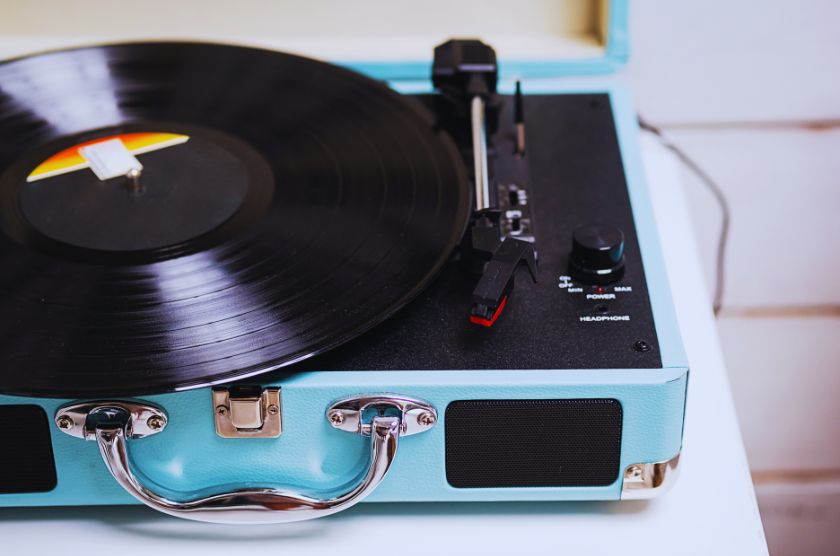How To Work The Crosley Record Player
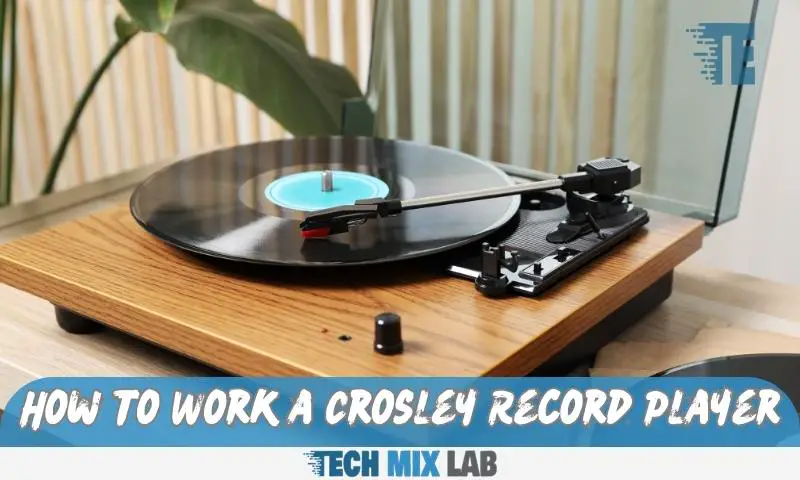
Crosley record players, known for their vintage aesthetics and affordability, have surged in popularity, particularly among younger audiences rediscovering vinyl records. However, operating these players can sometimes seem confusing for newcomers unfamiliar with the mechanics of turntables.
This article provides a comprehensive guide on how to work a Crosley record player, covering setup, operation, maintenance, and troubleshooting common issues. Understanding these steps ensures optimal performance and longevity of your Crosley turntable.
Setting Up Your Crosley Record Player
First, unpack your Crosley record player carefully, removing all protective packaging. Place the turntable on a flat, stable surface away from direct sunlight and heat sources. This prevents warping of the vinyl and ensures consistent playback speed.
Next, connect the power adapter to the designated port on the back of the unit and plug it into a wall outlet. Many Crosley models have built-in speakers, but you can also connect external speakers using the RCA output jacks if you desire enhanced sound quality.
Connecting External Speakers (Optional)
If you choose to use external speakers, connect RCA cables from the "Line Out" jacks on the back of the Crosley player to the corresponding input jacks on your amplifier or powered speakers. Ensure the red cable connects to the red jack and the white cable to the white jack for proper stereo sound.
Some Crosley models also offer Bluetooth connectivity. To pair your device, switch the turntable to Bluetooth mode and follow the pairing instructions on your smartphone or other Bluetooth-enabled device. Consult your Crosley model’s manual for specific instructions.
Operating Your Crosley Record Player
Before playing a record, make sure the turntable platter is clean and free of dust. Use a soft, anti-static brush to gently remove any debris that may have accumulated.
Carefully place the record onto the platter, centering it on the spindle. Locate the tonearm and release it from its resting position. Gently move the tonearm over the beginning of the record.
Most Crosley players have an auto-stop function that automatically lifts the tonearm at the end of the record. To initiate playback, press the start button or manually lower the tonearm onto the record using the cueing lever (if available).
Understanding Playback Speeds
Crosley record players typically support multiple playback speeds: 33 ⅓ RPM (revolutions per minute) for LPs (long-playing albums) and 45 RPM for singles or EPs (extended plays). Use the speed selector switch to match the speed to the record you are playing. Playing a record at the wrong speed will distort the sound.
Adjust the volume using the volume knob on the player. Be mindful of the volume level to avoid damaging the built-in speakers or your external speakers. Avoid prolonged exposure to very loud sound levels.
Maintaining Your Crosley Record Player
Regular maintenance is crucial for extending the life of your Crosley record player and maintaining optimal performance. Clean the stylus (needle) regularly using a stylus brush to remove dust and debris. This prevents damage to your records and ensures clear sound quality.
Replace the stylus periodically, typically every 500 to 1,000 hours of use, or sooner if you notice degraded sound quality or skipping. Replacement styluses are readily available online or at audio equipment retailers. Refer to your Crosley model’s manual for the correct stylus type.
Keep the turntable platter clean and free of dust and debris. Use a soft, lint-free cloth to wipe down the exterior surfaces of the player regularly. Avoid using harsh chemicals or abrasive cleaners, which can damage the finish.
Troubleshooting Common Issues
If you experience skipping, ensure the record is clean and free of scratches or warps. Check the tracking force of the tonearm. Some Crosley models allow you to adjust the tracking force, which is the amount of pressure the stylus applies to the record. Consult your Crosley model’s manual for instructions on how to adjust the tracking force.
If you encounter distorted sound, check the connections to your speakers or headphones. Ensure the stylus is properly seated in the tonearm. If the problem persists, consider replacing the stylus.
If the turntable is not spinning, check the power connection and make sure the belt is properly installed (if applicable). Some Crosley models use a belt-drive system, where a belt connects the motor to the platter. If the belt is loose or broken, it will need to be replaced. Always refer to the user manual for troubleshooting steps specific to your Crosley model.
By following these guidelines, users can enjoy their Crosley record players and appreciate the unique listening experience of vinyl records. Proper setup, operation, and maintenance are essential for preserving both your vinyl collection and your turntable.
